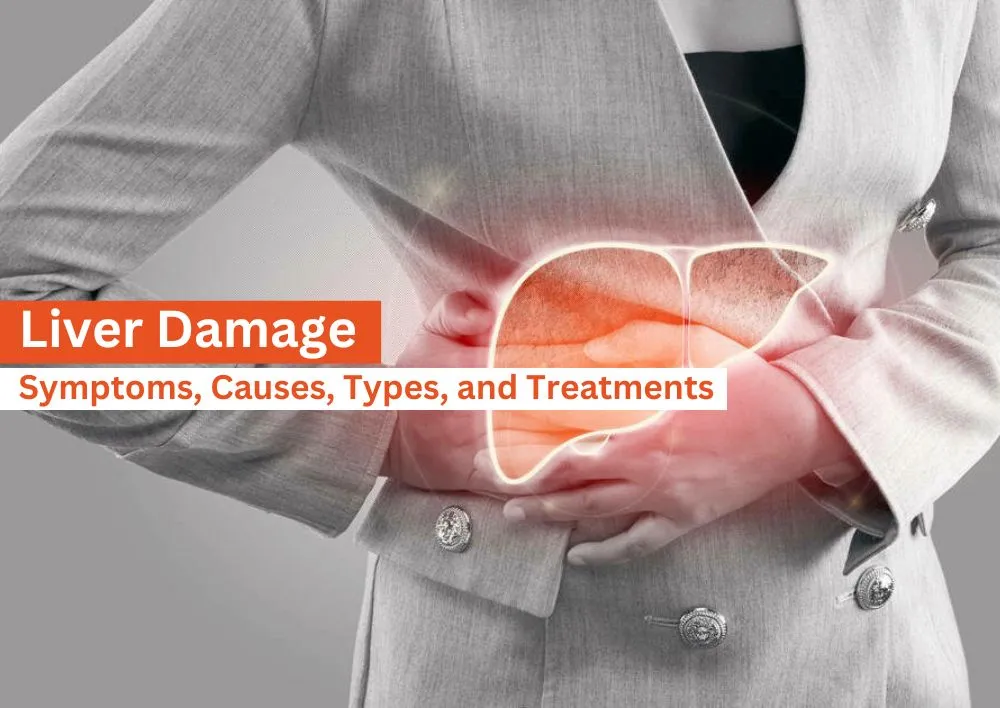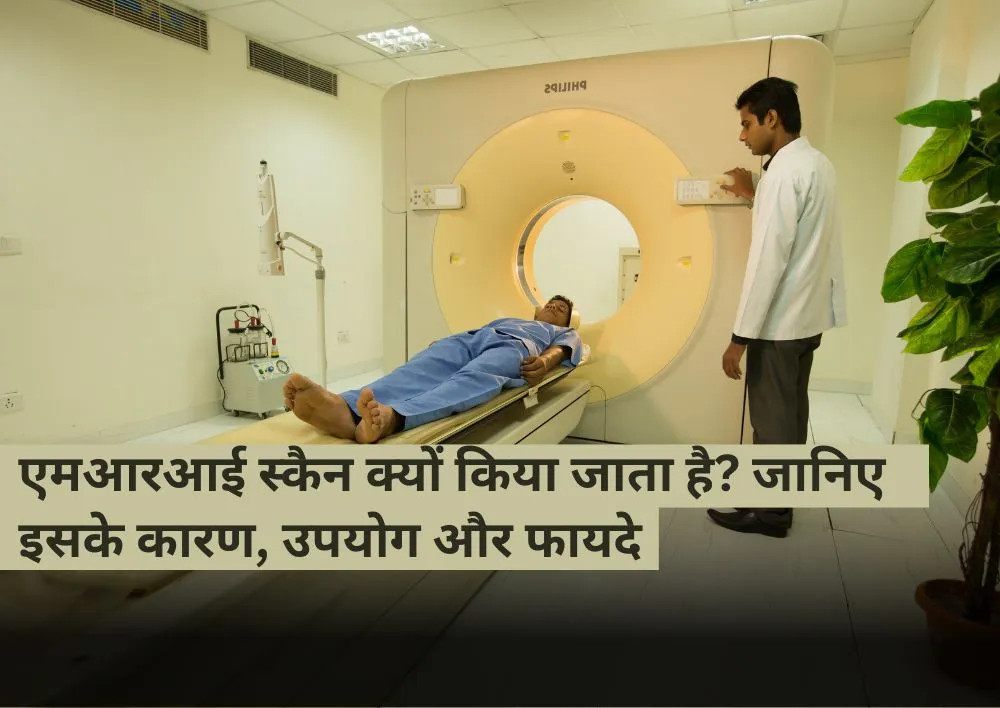What is Magnetic Resonance Imaging (MRI) Scan Used to Diagnose?
When it comes to diagnosing internal health issues without the need for surgery, MRI scans are one of the most effective solutions. From uncovering hidden brain abnormalities to diagnosing joint problems, MRI (Magnetic Resonance Imaging) technology has transformed the field of medical diagnostics. This naturally leads to the question: what exactly can MRI scans detect, and how do they work? In this blog post, the leading radiologist in Gurgaon at Miracles Mediclinic shares valuable insights into the importance of MRI scans, how they work, and the wide range of health conditions they can help identify.
What is an MRI Scan?
Magnetic Resonance Imaging (MRI) Scan, is a non-invasive procedure that uses powerful magnets, radio waves, and a computer to create detailed images of your organs, tissues, and bones. Unlike other imaging techniques like X-rays or CT scans, It doesn’t use ionizing radiation, making it a safer option for frequent imaging. An MRI scan can generate very detailed pictures, which makes it ideal for detecting conditions that other imaging methods might miss. The whole process of an MRI scan usually takes from 20 minutes to 45 minutes depending on the area being scanned and the detail required.
What Can MRI Scans Diagnose?
MRIs can reveal a wide array of health issues. Here are some common conditions that Magnetic Resonance Imaging scans can help diagnose.
1. Brain and Neurological Conditions: Brain MRIs are commonly used to study the brain. The high-detail images help doctors detect various conditions, including:
-
Brain Tumors: MRI can help identify both cancerous and non-cancerous brain tumors, as well as measure their size and exact location.
-
Stroke: MRI is highly sensitive to changes in brain tissue, allowing doctors to detect signs of stroke early on, which is important for early initiation of treatment.
-
Multiple Sclerosis (MS): MRI scan is often used to find lesions or damaged areas in the brain and spinal cord, which are signs of MS.
-
Aneurysms: MRI can detect small vascular lead to aneurysms, which can be life-threatening if they rupture.
-
Epilepsy: MRI can help identify structural brain issues that may cause seizures.
By providing a detailed view of the brain, Brain MRI scans help neurologists accurately diagnose and plan treatment for these complex conditions.
2. Spinal and Musculoskeletal Issues: Chronic back pain and joint pains are some of the most common problems that can be diagnosed with an MRI scan. Common conditions that MRI Spine and Musculoskeletal MRI scans can detect include:
-
Herniated Discs: MRI images can show if a disc has slipped out of place, which usually causes nerve compression and back pain.
-
Arthritis: MRI scan can show detailed images of joints, helping to diagnose the types and severity of arthritis.
-
Torn Ligaments and Muscles: MRI is commonly used to assess sports injuries, as it can provide detailed images of ligaments, tendons, and muscles.
-
Bone Infections: MRI can help detect infections in bones or surrounding tissues, which is particularly helpful for areas like the spine.
3. Heart and Blood Vessel Conditions: MRIs can also provide valuable information about the heart and blood vessels, enabling doctors to diagnose and monitor:
-
Heart Disease: Cardiac MRI offers detailed images of the heart’s structure and function, helping doctors identify diseases like cardiomyopathy or coronary artery disease.
-
Congenital Heart Defects: MRI helps detect structural problems in the heart that are present from birth.
-
Atherosclerosis: An MRI scan can help assess blood flow and detect the buildup of plaque in blood vessels, a key factor in heart disease.
-
Aneurysms: MRI can detect abnormal bulges in blood vessels, which can become life-threatening if they rupture.
With heart-related conditions, MRI plays a crucial role in assessing the extent of damage and planning effective treatment.
4. Abdominal and Pelvic Conditions: Abdominal and pelvic MRIs are particularly helpful when other imaging methods like ultrasound or CT scans don’t provide enough information. Magnetic resonance imaging(MRI) is usually used to evaluate the abdominal and pelvic regions to identify:
-
Liver Disease: Conditions like cirrhosis, fatty liver, and liver cancer can be detected with an abdominal MRI.
-
Kidney Issues: MRI can reveal issues like kidney stones, tumors, or other abnormalities in the kidneys.
-
Gallbladder Problems: MRI can detect gallstones or inflammation in the gallbladder.
-
Reproductive Health Issues: In women, a pelvic MRI can help diagnose uterine fibroids, endometriosis, and ovarian cysts. In men, an MRI scan can help detect prostate issues.
5. Cancer Detection and Staging: MRI plays an important role in cancer diagnosis and staging by providing highly detailed images that help doctors determine:
-
Tumor Location: MRI can detect tumors in almost any part of the body, including the brain, spine, liver, and bones.
-
Tumor Size and Spread: By providing a detailed 3D image, MRI can help determine how far cancer has spread, which is essential for staging.
-
Treatment Monitoring: After treatment, an MRI can be used to check if the tumor has shrunk, grown, or spread to other parts of the body.
Because Magnetic Resonance Imaging is non-invasive and doesn’t use radiation, it’s a safer option for repeated scans, especially for cancer patients who need regular monitoring.
How Does an MRI Scan Work?
The MRI machine creates a strong magnetic field around the patient's body and when this happens, hydrogen atoms in the body align with the magnetic field. Radio waves are then sent through your body, hitting these atoms out of alignment. As the atoms return to their original positions, they emit signals that the MRI machine’s sensors detect and convert into images.
The type of image generated depends on the type of MRI scan performed. Some MRIs use contrast agents to enhance image quality, making it easier to identify specific abnormalities.
How Safe is an MRI Scan?
One of the main advantages of Magnetic Resonance Imaging over other imaging methods is safety. MRI doesn’t use ionizing radiation, which makes it a safer option for repeated imaging. However, there are a few considerations:
-
Metal Implants: MRI isn’t suitable for people with certain types of metal implants, pacemakers, or cochlear implants.
-
Claustrophobia: Being in a confined MRI machine can be challenging for people who experience claustrophobia. Some facilities offer open MRI scanners to help with this issue.
-
Contrast Allergies: Some MRIs require a contrast dye, which may cause allergic reactions in rare cases.
For most patients, however, MRI is a safe and reliable method for diagnosis.
When is an MRI Necessary?
Doctors typically recommend an MRI when they need detailed images that other imaging methods can’t provide. An MRI may be recommended if:
-
Initial tests like X-rays or CT scans are non-conclusive.
-
Symptoms suggest an internal condition that can’t be seen externally.
-
A precise diagnosis is needed for treatment planning.
If you are wondering whether you need an MRI, your doctor will be the best guide, as they can evaluate your symptoms and determine the most suitable imaging method.
Conclusion:
From brain and spinal cord issues to heart and abdominal conditions, MRI scans have become a vital tool in diagnosing and managing a wide range of health concerns. Their high level of detail, safety, and non-invasiveness make them one of the most trusted diagnostic options available today.
If you are experiencing unexplained symptoms or need a detailed health assessment, a Magnetic Resonance Imaging scan could be the key to getting the answers you need. Don’t wait, schedule an appointment at an MRI centre near you and take the first step toward a clearer diagnosis and better health.

_Scan_Used_to_Diagnose.webp)

_in_Pregnancy.webp)









Was the information useful?
0 0